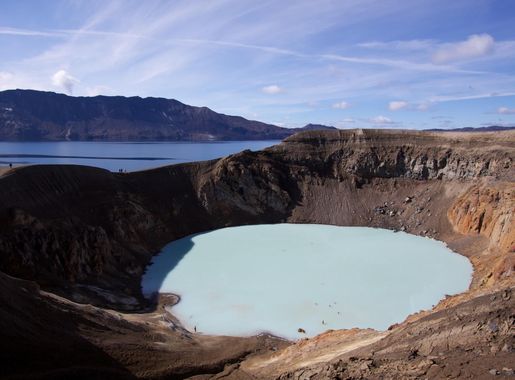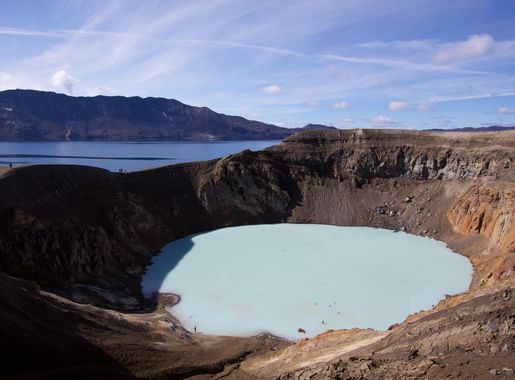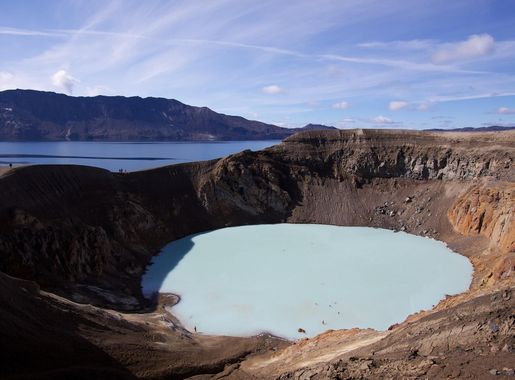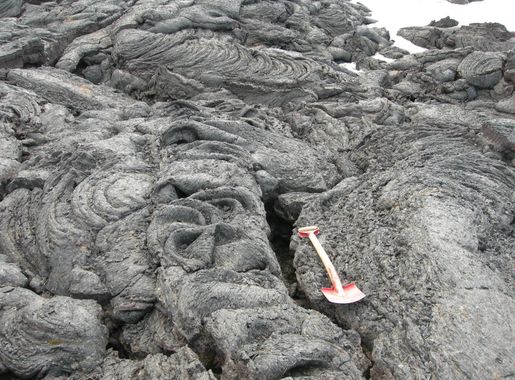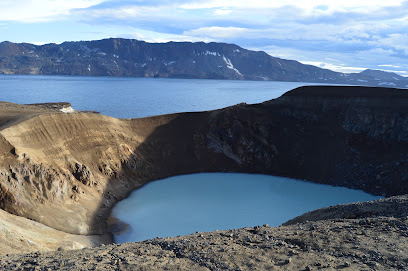
Askja Caldera: Iceland's Majestic Volcanic Wonderland
Discover Askja Caldera: Iceland's captivating volcanic landscape, featuring serene lakes, geothermal craters, and a journey through the breathtaking highlands.
Nestled within the highlands of Iceland, Askja Caldera offers a dramatic landscape shaped by volcanic activity. This remote and rugged destination is renowned for its striking beauty and fascinating geological features. The caldera itself was formed during a massive volcanic eruption, and today it is home to the serene Öskjuvatn lake, one of the deepest lakes in Iceland. Visitors can also marvel at the nearby Viti crater, which is filled with warm, milky-blue geothermal water. Exploring Askja Caldera is a true adventure, as the area is only accessible via a challenging journey through the Icelandic highlands. The trek to Askja takes you through a barren yet stunning terrain of lava fields, rivers, and mountains. Despite the arduous trip, the reward is an otherworldly experience that few places on Earth can match. The stark contrasts of the volcanic landscape, the peacefulness of the lakes, and the surreal beauty make Askja a must-visit for nature enthusiasts and adventure seekers alike. In addition to its natural wonders, Askja also holds a significant place in history and science. The caldera was a training site for Apollo astronauts in the 1960s, who used its moon-like surface to prepare for lunar missions. This adds an extra layer of intrigue to your visit, as you walk the same paths that once prepared humans for space travel. Whether you're soaking in the geothermal waters of Viti or simply taking in the breathtaking views, Askja Caldera provides an unforgettable escape into nature's raw power and beauty.
Local tips in Askja Caldera
- Travel in a 4x4 vehicle, as the road to Askja is rough and requires crossing rivers.
- Visit during the summer months (June to September) when the roads are most accessible.
- Bring warm clothing and waterproof gear, as the weather can be unpredictable.
- Consider joining a guided tour for a safer and more informative experience.
- Pack enough food and water, as there are no facilities in the area.
Askja Caldera: Iceland's Majestic Volcanic Wonderland
Nestled within the highlands of Iceland, Askja Caldera offers a dramatic landscape shaped by volcanic activity. This remote and rugged destination is renowned for its striking beauty and fascinating geological features. The caldera itself was formed during a massive volcanic eruption, and today it is home to the serene Öskjuvatn lake, one of the deepest lakes in Iceland. Visitors can also marvel at the nearby Viti crater, which is filled with warm, milky-blue geothermal water. Exploring Askja Caldera is a true adventure, as the area is only accessible via a challenging journey through the Icelandic highlands. The trek to Askja takes you through a barren yet stunning terrain of lava fields, rivers, and mountains. Despite the arduous trip, the reward is an otherworldly experience that few places on Earth can match. The stark contrasts of the volcanic landscape, the peacefulness of the lakes, and the surreal beauty make Askja a must-visit for nature enthusiasts and adventure seekers alike. In addition to its natural wonders, Askja also holds a significant place in history and science. The caldera was a training site for Apollo astronauts in the 1960s, who used its moon-like surface to prepare for lunar missions. This adds an extra layer of intrigue to your visit, as you walk the same paths that once prepared humans for space travel. Whether you're soaking in the geothermal waters of Viti or simply taking in the breathtaking views, Askja Caldera provides an unforgettable escape into nature's raw power and beauty.
When is the best time to go to Askja Caldera?
Iconic landmarks you can’t miss
Askja
Explore Askja, Iceland's breathtaking volcanic caldera featuring stunning landscapes and the stunning Öskjuvatn lake, perfect for adventurers and nature lovers.
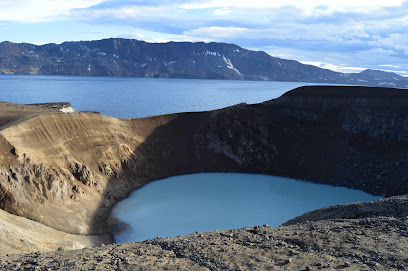
Lake Askja
Explore Lake Askja, Iceland's stunning volcanic lake, a breathtaking destination for adventure and natural beauty in the heart of the highlands.
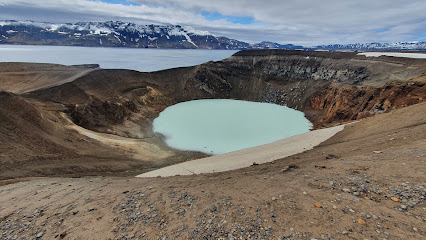
Askja trail
Experience the breathtaking Askja Trail in Iceland, where stunning volcanic landscapes and serene lakes await your exploration.
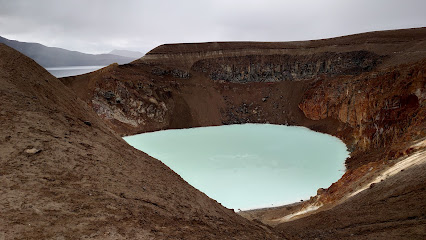
Dyngjufjoll
Discover the breathtaking beauty and adventure of Dyngjufjoll Mountain Peak in Iceland, where stunning landscapes await every traveler.

Unmissable attractions to see
Lava field Dimmuborgir
Discover Dimmuborgir's enchanting lava fields, rich folklore, and breathtaking landscapes in the heart of Iceland's natural beauty.

Leirhnjukur
Explore Leirhnjukur's breathtaking geothermal wonders and experience the raw beauty of Iceland's volcanic landscape, a must-visit for nature enthusiasts.
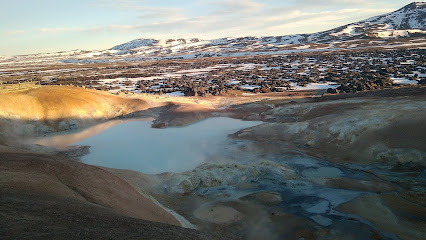
Askja
Explore the stunning Askja volcano, featuring deep blue lakes and breathtaking landscapes, a must-visit destination in Iceland's highlands.

Hverfjall Volcano Trail
Embark on an unforgettable hiking experience at Hverfjall Volcano Trail, surrounded by stunning landscapes and rich geological wonders.
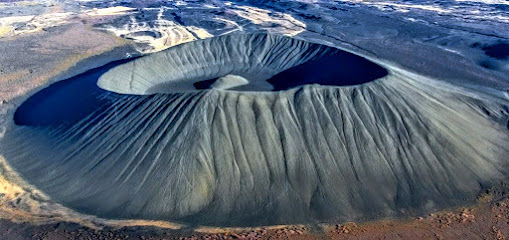
Bustarfell Museum
Explore Bustarfell Museum in Vopnafjörður, where Icelandic heritage comes alive through vintage artifacts and engaging exhibits in a charming rural setting.
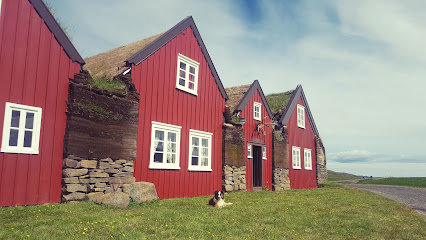
Drekagil
Discover the breathtaking beauty of Drekagil, an enchanting ravine in Iceland, perfect for hiking, photography, and immersing in nature's tranquility.
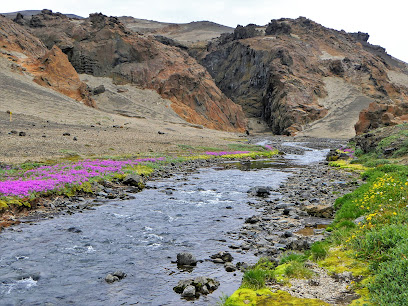
Dyngjufjoll
Explore Dyngjufjoll, a breathtaking mountain peak in Iceland, offering stunning views, diverse wildlife, and unforgettable hiking experiences amidst nature's splendor.

Sleðaásgjá
Explore the breathtaking landscapes and geological wonders of Sleðáásgjá, a must-visit tourist attraction in Iceland's stunning wilderness.
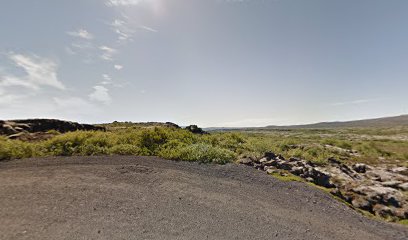
Essential places to dine
Vogafjós Farm Resort
Experience authentic Icelandic cuisine and warm hospitality at Vogafjós Farm Resort near Myvatn Lake.
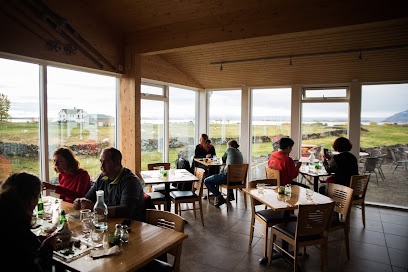
Systrakaffi
Experience the rich flavors of Iceland at Systrakaffi in Kirkjubæjarklaustur – where local ingredients meet culinary artistry.

Sjávarborg Restaurant
Discover exquisite seafood dining at Sjávarborg Restaurant in Hvammstangi - where local flavors meet breathtaking views.
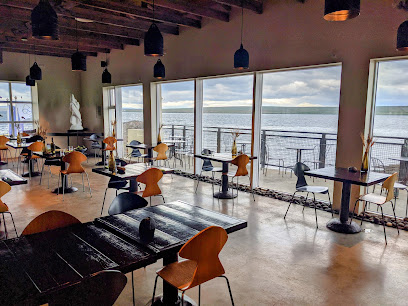
Kaffi Lára El Grillo Bar
Discover authentic Icelandic cuisine at Kaffi Lára El Grillo Bar, where local flavors meet cozy ambiance in Seyðisfjörður.

Kjarr Restaurant & Bar
Experience authentic Icelandic cuisine at Kjarr Restaurant & Bar in Kirkjubæjarklaustur – where local flavors meet warm hospitality.
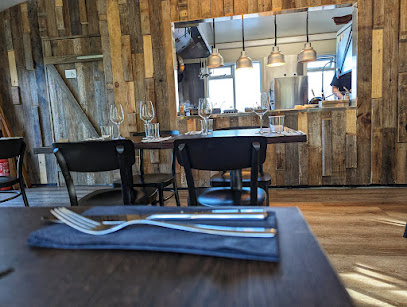
Kjarr Restaurant
Experience authentic Icelandic cuisine at Kjarr Restaurant in Kirkjubæjarklaustur – where local flavors meet warm hospitality.
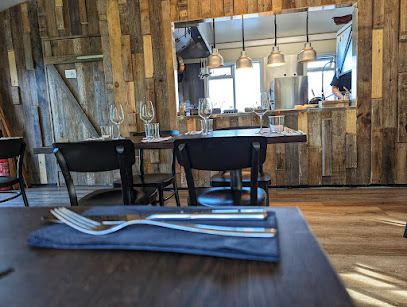
Restaurant Kanslarinn
Experience authentic Icelandic cuisine at Restaurant Kanslarinn in Hella – where every dish tells a story.
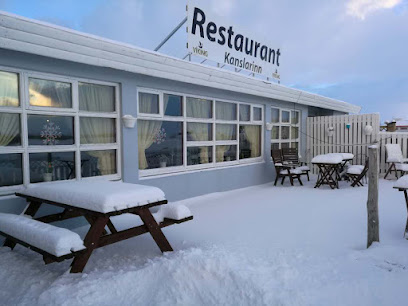
Randulf's Sea House
Savor fresh seafood and stunning fjord views at Randulf's Sea House in Eskifjörður – where Icelandic cuisine meets warm hospitality.

Jon Riki
Experience authentic Icelandic cuisine at Jon Riki in Höfn, where local flavors meet warm hospitality amidst stunning scenery.
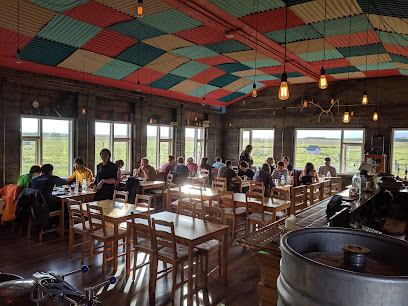
Klaustur Restaurant & Bar
Experience the best of traditional Icelandic cuisine at Klaustur Restaurant & Bar in Kirkjubæjarklaustur.
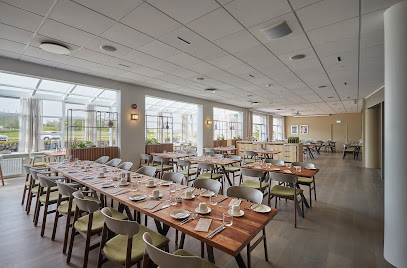
Drangar Restaurant
Experience authentic Icelandic cuisine at Drangar Restaurant in Vik – where local flavors meet breathtaking views.

Sauðá
Discover authentic Icelandic cuisine at Sauðá in Sauðárkrókur - where tradition meets taste in every delicious bite.
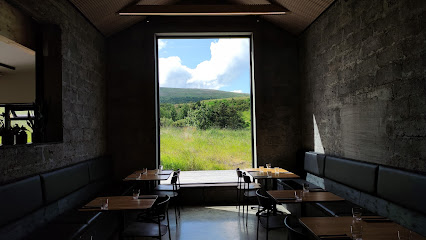
Cafe Munkar
Discover delicious Icelandic cuisine at Cafe Munkar in Kirkjubæjarklaustur—where every meal is an adventure waiting to be savored.
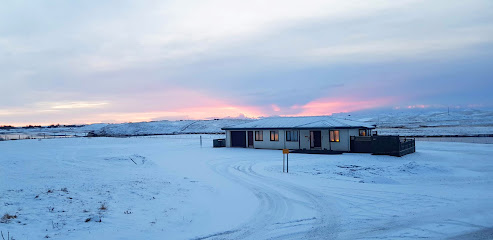
Grána Bistro
Discover Grána Bistro in Sauðárkrókur for an unforgettable taste of Icelandic cuisine in a cozy atmosphere.
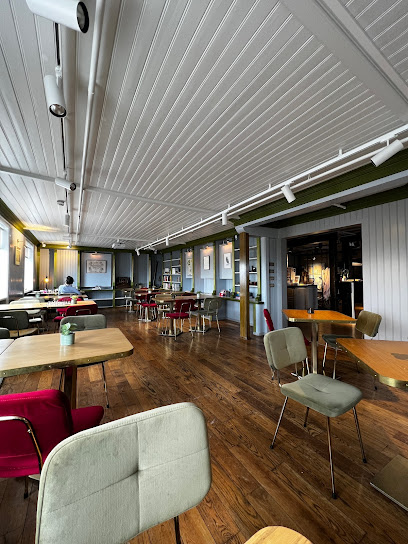
Gígur
Experience authentic Icelandic cuisine at Gígur in Kirkjubæjarklaustur, where every meal tells a story of local flavors and warm hospitality.
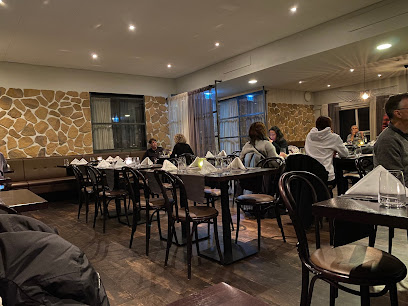
Markets, malls and hidden boutiques
Askja
Discover the breathtaking scenery and geological wonders of Askja, a stunning volcano in Iceland's highlands, perfect for adventurers and nature lovers.
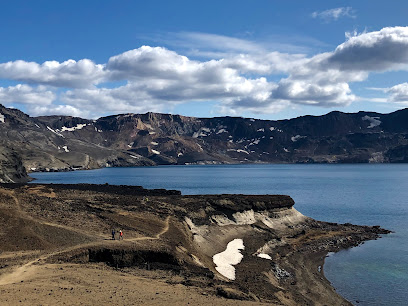
Dreki
Experience the breathtaking wilderness at Dreki Mountain Cabin, the perfect retreat for adventurers and nature lovers alike in Iceland.
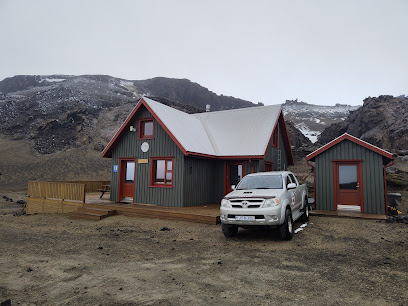
UNA Local Product / Sveitabúðin Una
Explore a treasure trove of authentic Icelandic goods at UNA Local Product in Hvolsvöllur, where local craftsmanship meets unique souvenirs.
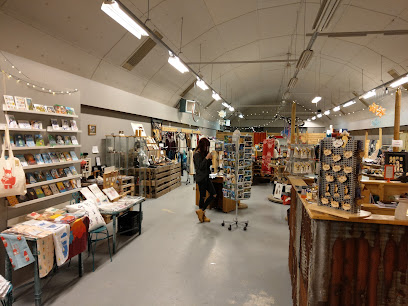
Spúútnik
Explore Spúútnik, Reykjavik's vintage clothing store, offering a unique selection of eclectic fashion and accessories that celebrate individual style.

Eiðistorg Shopping Mall
Discover Eiðistorg Shopping Mall, a charming destination in Reykjavík offering local products, delicious food, and a taste of Icelandic culture.

Blue Lagoon Store Reykjavik
Discover Icelandic skincare secrets at Blue Lagoon Store Reykjavik, where nature meets beauty in a serene shopping experience.
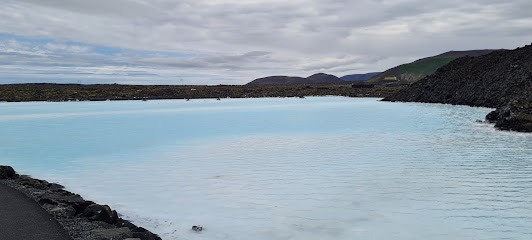
Thorvaldsens Bazar
Explore unique Icelandic craftsmanship at Thorvaldsens Bazar, where hand-knitted knitwear and local artisanal goods await you in the heart of Reykjavík.
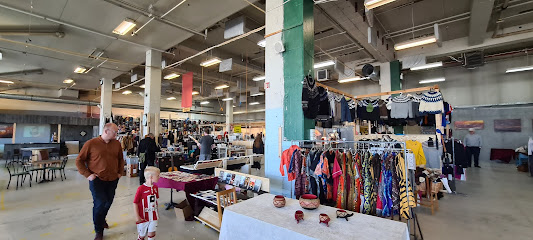
Shopicelandic
Discover unique Icelandic souvenirs at Shopicelandic in Reykjavík, featuring local crafts and contemporary designs to cherish your memories.
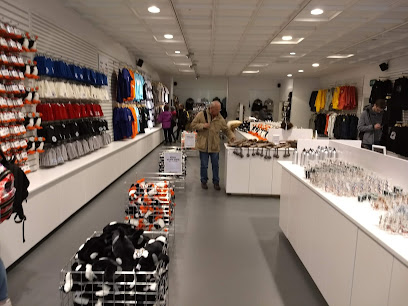
The Heart of Reykjavik
Explore The Heart of Reykjavik for unique Icelandic gifts and souvenirs that capture the spirit of this beautiful country.
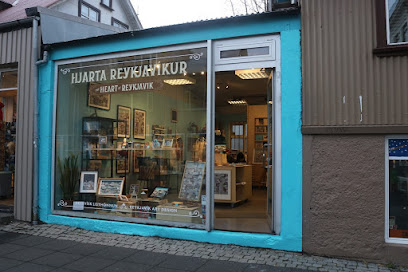
Handverksskúrinn
Discover authentic Icelandic souvenirs at Handverksskúrinn in Selfoss, where local craftsmanship meets unique artistic expression.
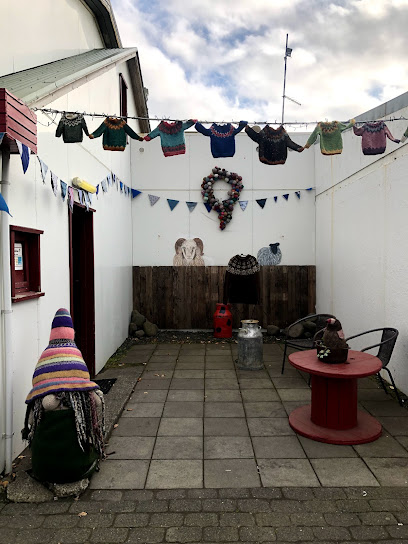
Agzu OnlineStore
Discover unique Icelandic gifts at Agzu OnlineStore in Reykjavík, your go-to destination for souvenirs reflecting local culture and artistry.
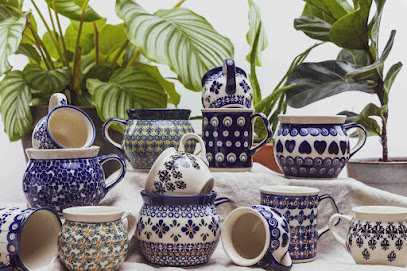
Arctic Workshop
Explore a captivating selection of Icelandic souvenirs and handicrafts at Arctic Workshop in the heart of Reykjavík.

Askja trail
Discover the breathtaking beauty of the Askja Trail, where stunning landscapes and volcanic wonders await in Iceland's majestic highlands.

Essential bars & hidden hideouts
Local Phrases about Askja Caldera
-
- HelloHalló
[HAH-loh] - GoodbyeBless
[bless] - YesJá
[yah] - NoNei
[nay] - Please/You're welcomeVinsamlegast
[VIN-sam-leh-gahst] - Thank youTakk
[tahk] - Excuse me/SorryAfsakið
[AV-sah-kith] - How are you?Hvað segir þú?
[kvath sair thoo] - Fine. And you?Í lagi. En þú?
[ee LAH-gi. en thoo] - Do you speak English?Talarðu ensku?
[TAH-lar-thoo ENS-koo] - I don't understandÉg skil ekki
[yeh skil EHK-ki]
- HelloHalló
-
- I'd like to see the menu, pleaseÉg væri með að sjá matseðilinn, takk
[yeh VAI-ri meth ath shauh MAT-se-thil-in, tahk] - I don't eat meatÉg borða ekki kjöt
[yeh BOR-tha EHK-ki chyut] - Cheers!Skál!
[skowl] - I would like to pay, pleaseÉg myndi vilja greiða, takk
[yeh MUN-di VIL-ya gray-tha, tahk]
- I'd like to see the menu, pleaseÉg væri með að sjá matseðilinn, takk
-
- Help!Hjálp!
[hyowlp] - Go away!Farðu í burtu!
[far-thoo ih BUHR-too] - Call the Police!Hringðu í lögregluna!
[hring-thoo ih LOH-greh-gluna] - Call a doctor!Hringðu í lækninn!
[hring-thoo ih LAYK-nin] - I'm lostÉg er týndur
[yeh air TEE-nthur] - I'm illÉg er veikur
[yeh air VAY-kur]
- Help!Hjálp!
-
- I'd like to buy...Ég væri með að kaupa...
[yeh VAI-ri meth ath KOY-pa...] - I'm just lookingÉg er bara að skoða
[yeh air BA-ra ath SKOTH-a] - How much is it?Hvað kostar það?
[kvath KOS-tar thah] - That's too expensiveÞað er of dýrt
[thath air ohv DEERT] - Can you lower the price?Geturðu lækkað verðið?
[GETH-ur-thoo lye-KA-th vair-thith]
- I'd like to buy...Ég væri með að kaupa...
-
- What time is it?Hvað er klukkan?
[kvath air KLOO-kahn] - It's one o'clockKlukkan er eitt
[KLOO-kahn air aytt] - Half past (10)Hálf tíu
[howlf tee-oo] - MorningMorgunn
[mor-gunn] - AfternoonSíðdegis
[seed-the-gis] - EveningKvöld
[kvold] - YesterdayÍ gær
[ee gire] - TodayÍ dag
[ee dahg] - TomorrowÁ morgun
[ow mor-gun] - 1Einn
[aytn] - 2Tveir
[tvayr] - 3Þrír
[threer] - 4Fjórir
[fyoh-reer] - 5Fimm
[feem] - 6Sex
[sehx] - 7Sjö
[syoh] - 8Átta
[owt-tah] - 9Níu
[nee-oo] - 10Tíu
[tee-oo]
- What time is it?Hvað er klukkan?
-
- Where's a/the...?Hvar er...
[kvar air] - What's the address?Hvað er heimilisfangið?
[kvath air HAY-mil-is-fang-ith] - Can you show me (on the map)?Geturðu sýnt mér (á kortinu)?
[GETH-ur-thoo seent mair (ow KOR-ti-nu)] - When's the next (bus)?Hvenær kemur næsta (strætisvagn)?
[kven-ayr kem-ur nay-sta (stray-tis-vagn)] - A ticket (to ....)Einn miða (til ...)
[aytn MEE-tha (teel)]
- Where's a/the...?Hvar er...
History of Askja Caldera
-
Askja Caldera, located in the central highlands of Iceland, is part of the larger Dyngjufjöll volcanic system. It was formed during a series of volcanic eruptions, with the most significant event occurring around 10,000 years ago. This caldera is an important site for geologists due to its unique volcanic activity and the presence of several striking lava fields and geothermal features.
-
One of the most notable historical events in the history of Askja Caldera is the massive eruption that took place in 1875. This eruption had a profound impact on the surrounding landscape and communities, resulting in ash fall that reached as far as mainland Europe. The eruption significantly altered the geography of the caldera, creating the famous crater lake known as Öskjuvatn.
-
Post-eruption, the caldera filled with water to form Lake Öskjuvatn, one of the deepest lakes in Iceland. Nearby, the smaller but equally intriguing Víti crater also filled with geothermal water. Víti, meaning 'Hell' in Icelandic, is a popular spot for visitors due to its dramatic scenery and the opportunity to take a dip in the warm, mineral-rich waters.
-
Askja has been a focal point for scientific research since the late 19th century. Early expeditions, such as those led by German geologist Hans Reck in the early 20th century, provided valuable insights into the volcanic activity and geological formations of the area. These studies have continued into the modern era, with ongoing research helping to better understand volcanic processes and predict future eruptions.
-
Askja Caldera has captured the imagination of many, featuring in various works of literature and film. Notably, it served as a training ground for NASA astronauts preparing for the Apollo moon missions in the 1960s due to its otherworldly landscape. The caldera's dramatic scenery has also made it a popular location for filming scenes in movies and TV series.
-
In Icelandic folklore, Askja holds a special place, often associated with tales of trolls and other mythical creatures believed to inhabit the rugged highlands. The name 'Askja' itself is derived from the Icelandic word for 'box' or 'caldera', reflecting the natural formation’s shape and the stories that have been passed down through generations about this mystical landscape.
Askja Caldera Essentials
-
Askja Caldera is located in the central highlands of Iceland. The nearest major town is Akureyri, which has a regional airport with flights from Reykjavik. From Akureyri, you can rent a 4x4 vehicle, which is necessary for traversing the rugged terrain to reach Askja. The journey by road takes approximately 8-10 hours and involves navigating through F-roads, which are unpaved and require a vehicle with high ground clearance.
-
Given the remote location of Askja Caldera, the primary mode of transportation is by 4x4 vehicle. There are no public transport options directly to Askja, so renting a suitable vehicle is essential. Guided tours are available and are a convenient option for those unfamiliar with driving in Icelandic highlands. Ensure your vehicle is well-equipped for off-road conditions, including spare tires and a GPS device.
-
The official currency in Iceland is the Icelandic Krona (ISK). Credit and debit cards are widely accepted, even in remote areas. However, it is advisable to carry some cash, especially for smaller establishments or in case of technical issues with card payments. ATMs are available in towns like Akureyri, so withdraw sufficient cash before heading to Askja.
-
Askja Caldera is generally safe, but its remote location and harsh environment require caution. There are no high-crime areas targeting tourists, but the primary risks involve weather changes and volcanic activity. Always check weather forecasts and road conditions before setting out. Inform someone of your travel plans and expected return time. Carry a well-stocked emergency kit, including food, water, and warm clothing.
-
In case of an emergency, dial 112 for rescue services. Mobile phone coverage can be sporadic, so consider carrying a satellite phone. Familiarize yourself with the nearest emergency shelters and ranger stations. It is recommended to have comprehensive travel insurance that covers medical emergencies and evacuation. For minor injuries, a first aid kit is essential.
-
Fashion: Do wear layered, weather-appropriate clothing, including waterproof outerwear and sturdy hiking boots. Don't wear cotton clothing, as it retains moisture and can lead to hypothermia. Religion: There are no specific religious customs to follow, but always respect local beliefs and practices. Public Transport: Public transport to Askja is non-existent. Guided tours are the alternative. Greetings: Standard greetings are a simple 'hello' or 'hi'. Icelanders are friendly but reserved. Eating & Drinking: Do try local foods such as skyr and lamb. Don't litter; always carry out what you bring in.
-
To experience Askja like a local, consider visiting during the shoulder seasons (late spring or early autumn) when there are fewer tourists. Engage with local guides who can offer deep insights into the geology and history of the area. Pack a picnic and enjoy it by the serene Lake Öskjuvatn. Always leave nature as you found it, adhering to the principle of 'Leave No Trace'.
Nearby Cities to Askja Caldera
-
Things To Do in Egilsstadir
-
Things To Do in Husavik
-
Things To Do in Seydisfjordur
-
Things To Do in Dalvik
-
Things To Do in Saudarkrokur
-
Things To Do in Blonduos
-
Things To Do in Vik
-
Things To Do in Selfoss
-
Things To Do in Hveragerdi
-
Things To Do in Borgarnes
-
Things To Do in Reykjavik
-
Things To Do in Kopavogur
-
Things To Do in Hafnarfjordur
-
Things To Do in Stykkisholmur
-
Things To Do in Keflavik

